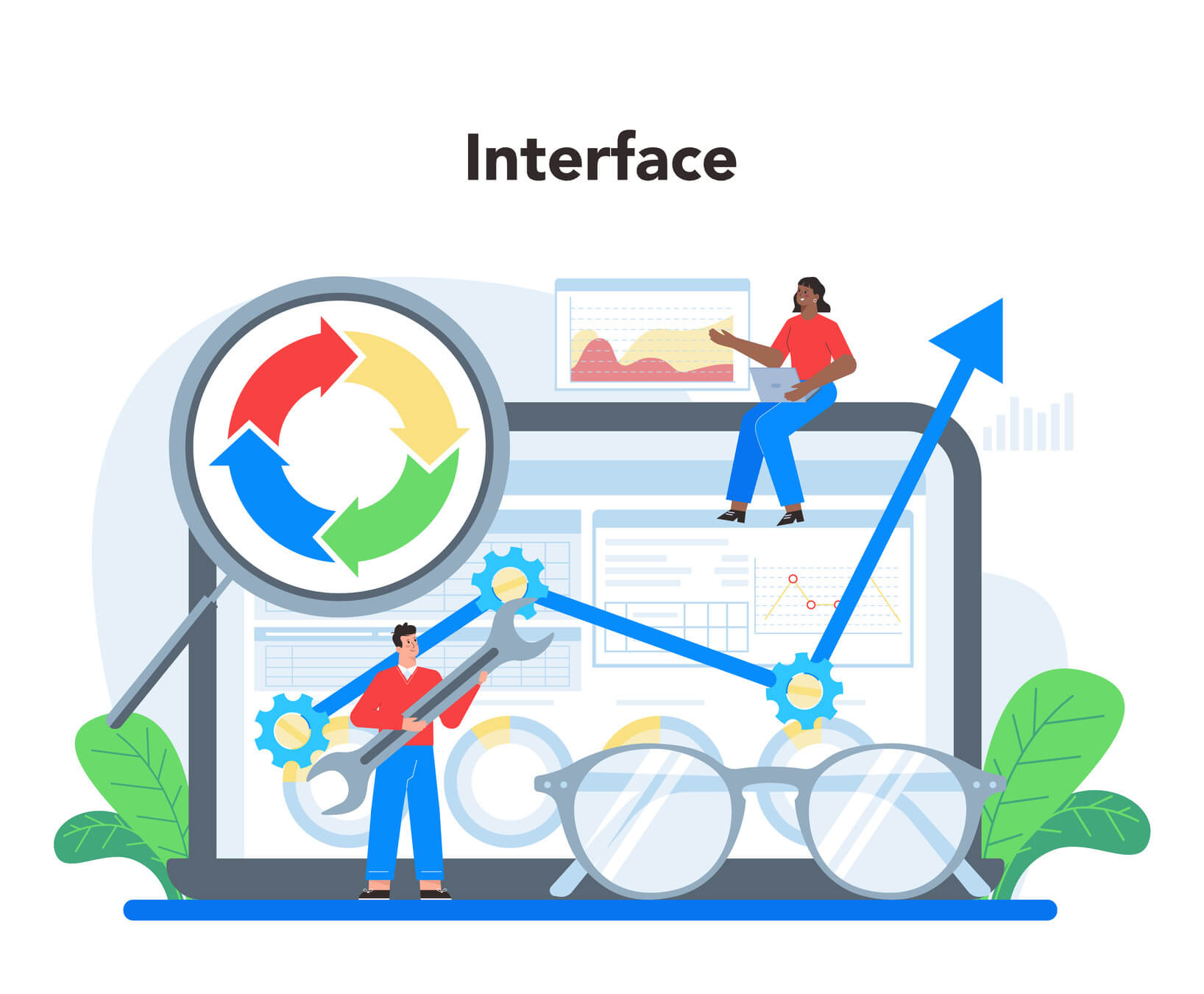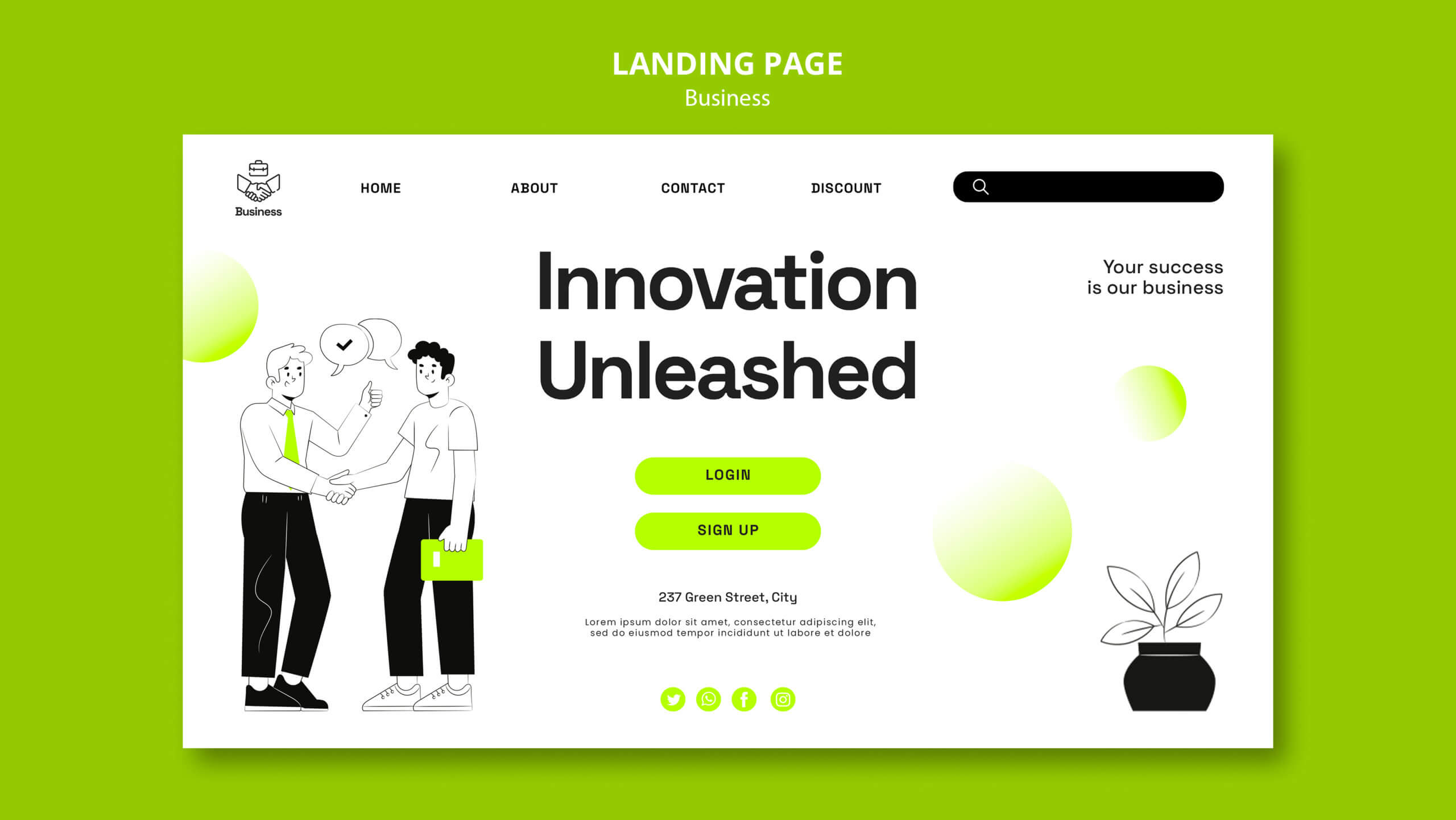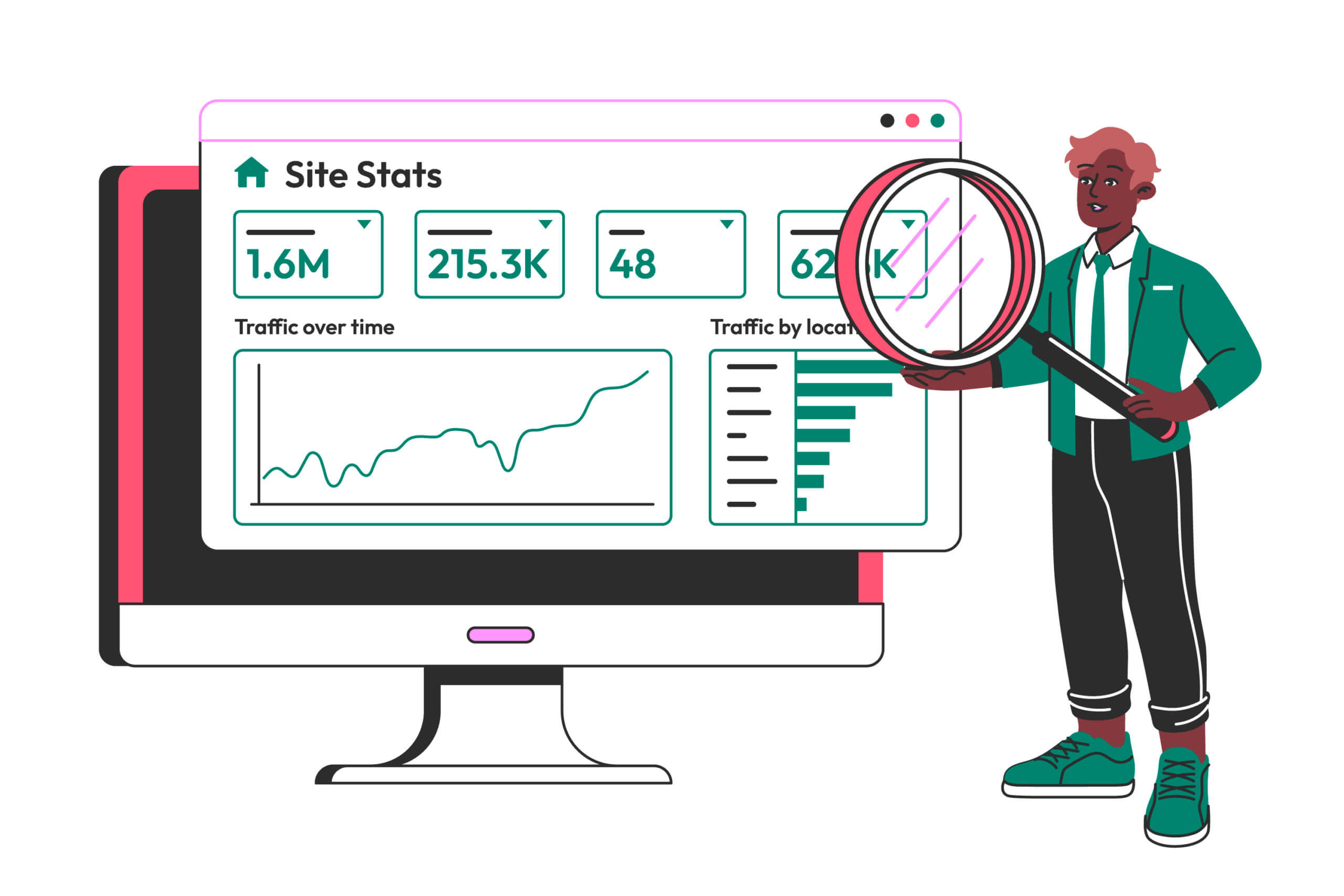
Introduction
In today’s digital age, having a strong online presence is crucial for businesses to thrive. A well-designed website is not only visually appealing but also optimized for maximum conversion rates. Website performance plays a vital role in attracting visitors, engaging them, and ultimately converting them into customers. In this article, we will explore effective strategies to optimize website performance and boost conversion rates.
Understanding Website Performance Optimization
Website performance optimization involves improving various aspects of a website to ensure it loads quickly, operates smoothly, and provides a seamless user experience. Here are key factors to consider:
1. Page Load Speed
One of the critical factors impacting user experience is the page load speed. Slow-loading pages can lead to high bounce rates and frustrated visitors. Optimizing the website’s code, compressing images, and utilizing caching techniques are effective ways to improve page load speed and keep visitors engaged.
2. Mobile Responsiveness
With the increasing use of mobile devices, ensuring your website is mobile responsive is essential. A mobile-friendly website adapts its layout and functionality to different screen sizes, providing a seamless browsing experience across devices. Responsive design not only enhances user experience but also improves search engine rankings.
3. Intuitive Navigation
A well-organized and intuitive navigation system helps users easily find the information they are seeking. Clear menus, logical page hierarchy, and a user-friendly interface contribute to a positive user experience. Implementing breadcrumb navigation, search functionality, and easily accessible contact information can further enhance website usability.
4. Engaging and Relevant Content
Compelling and relevant content is vital for keeping visitors engaged and encouraging them to take action. High-quality images, informative articles, engaging videos, and persuasive calls-to-action (CTAs) can all contribute to higher conversion rates. Regularly updating and optimizing content keeps your website fresh, encourages repeat visits, and builds trust with your audience.
5. Streamlined Checkout Process
For e-commerce websites, optimizing the checkout process is crucial for maximizing conversion rates. Simplify the steps involved in completing a purchase, minimize form fields, and offer guest checkout options. Additionally, provide clear shipping and return policies, secure payment gateways, and transparent pricing to instill confidence in customers and reduce cart abandonment.
Implementing Conversion Rate Optimization (CRO) Strategies
Conversion rate optimization (CRO) focuses on maximizing the percentage of website visitors who take desired actions, such as making a purchase, filling out a form, or subscribing to a newsletter. Here are some effective CRO strategies:
1. A/B Testing
A/B testing involves creating two versions of a webpage and comparing their performance to determine which one yields better results. Test different elements such as headlines, CTAs, colors, layouts, and images to identify the most effective combinations and continuously optimize for higher conversions.
2. Heatmap Analysis
Heatmap analysis provides valuable insights into user behavior on your website. By tracking where users click, scroll, and spend the most time, you can identify areas of high engagement and areas that may need improvement. Use this data to optimize page layouts, prioritize important content, and improve overall user experience.
3. Optimized Forms
Forms are critical for capturing leads and gathering customer information. Optimize your forms by reducing the number of required fields, utilizing autocomplete features, and providing clear instructions. Additionally, ensure your forms are mobile-friendly and test them regularly to identify and fix any potential issues.
4. Social Proof and Testimonials
Social proof, such as customer testimonials, reviews, and case studies, can significantly impact conversion rates. Display positive feedback and testimonials prominently on your website to build trust and credibility with potential customers. Incorporate social sharing buttons to encourage visitors to share their positive experiences with others.
5. Personalization and Targeted Messaging
Tailor your website content and messaging based on user preferences, demographics, and behavior. Utilize personalized recommendations, targeted landing pages, and dynamic content to create a more personalized experience for each visitor. This personalized approach can increase engagement and conversions.
Conclusion
Optimizing website performance is crucial for maximizing conversion rates and achieving online success. By focusing on factors such as page load speed, mobile responsiveness, intuitive navigation, engaging content, and streamlined checkout processes, you can enhance the user experience and encourage visitors to take desired actions. Implementing conversion rate optimization strategies, such as A/B testing, heatmap analysis, optimized forms, social proof, and personalized messaging, further boosts conversion rates. Regularly monitor and analyze website performance metrics to identify areas for improvement and continually optimize your website for maximum conversion rates.

















